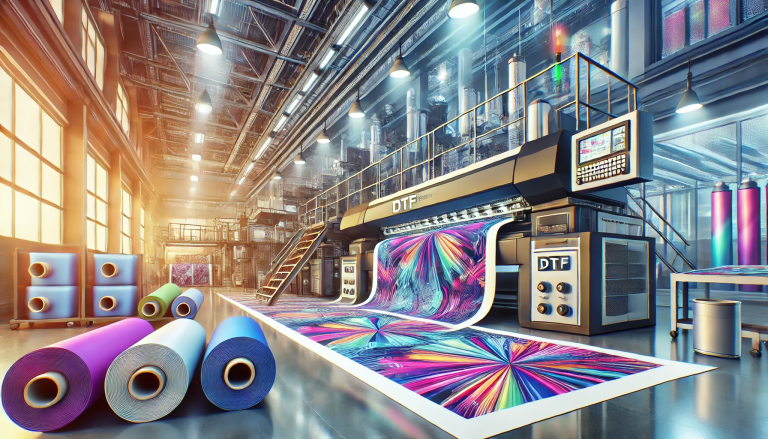“How UV DTF Printing Works: A Comprehensive Guide” -MAXDTF- UV DTF transfer Film Supplier, UV Magic Film Factory, Made in China
In the realm of printing, innovation never stops. One of the exciting developments in recent years is UV DTF (Direct to Film) printing. If you’ve ever wondered how this technology works and the advantages it brings to the printing industry, this guide is for you.
What is UV DTF Printing?
UV DTF stands for Ultraviolet Direct to Film printing. It’s a digital printing technique that uses ultraviolet (UV) light to instantly dry or “cure” ink as it is applied. While traditional DTF printing involves using heat to transfer designs from a film to an object or material, UV DTF speeds up the process by using UV light.
The Process of UV DTF Printing
- Design Preparation: The first step in the UV DTF printing process begins with design preparation. A digital design is created or adjusted using software like Photoshop, Illustrator, or specialized DTF software.
- Ink Application: Once the design is ready, it’s time to apply the ink. Specialized UV-curable inks are utilized in this process. These inks stay wet until exposed to UV light.
- Printing: The design is then printed onto a special transparent film using a printer equipped with UV LEDs.
- UV Exposure: As the ink exits the printer, it immediately passes under UV lights which dry and cure the ink instantaneously. This results in a design that’s touch-dry and ready for the next phase.
- Transfer: The printed design on the film can now be transferred to the desired material, whether it’s fabric, glass, plastic, or more. Typically, an adhesive is applied either before printing or after UV curing to ensure the design sticks properly to the target surface.
- Final Curing: Depending on the application, a final curing process might be required, especially if the design is transferred to fabric. This ensures the durability and longevity of the print.
Benefits of UV DTF Printing
- Speed: Since the UV light instantly cures the ink, the printing process is much faster than traditional DTF printing or other methods that require drying time.
- Versatility: UV DTF printing can be used on a vast array of materials including textiles, ceramics, metal, and more. The result is a vibrant and long-lasting print.
- Durability: UV-cured inks are known for their resistance to fading, wear, and environmental factors.
- Eco-friendly: UV-curable inks are solvent-free, meaning they don’t contain harmful volatile organic compounds (VOCs).
- Sharp Details: The immediate curing prevents the ink from spreading or bleeding, resulting in sharper, more detailed prints.
Conclusion
UV DTF printing is a game-changer in the digital printing industry. Its combination of speed, versatility, and quality makes it an appealing option for both businesses and individual creators. As technology continues to advance, we can expect even more improvements and refinements in this exciting field. If you’re in the market for high-quality and efficient printing solutions, UV DTF is definitely worth exploring.



